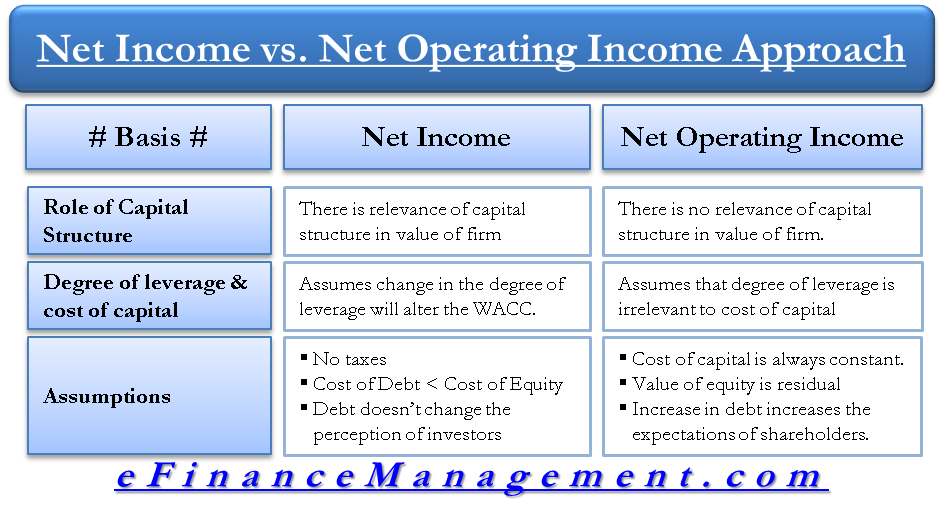

We also don’t include capital expenditures in the operating expenses. These can vary widely per investor, so will only cloud your results. These are all specific to that individual property.Įxpenses not to include in your operating expenses include those specific to the investor, such as taxes or interest payments on loans. Maintenance, insurance, and janitors’ fees are all obvious inclusions here. Operating Expenses ‘Operating expenses’ include all expenses incurred in the ongoing operations of the property. Advertising income (for example billboards on the property).Income from additional sources such as vending machines and coin-operated laundry.Income from facilities on site such as parking and storage facilities.This will give you an idea of the trends so that you can more accurately plan your projected real estate revenue calculations. If you are planning revenue projections for a new property, be sure to check the historical vacancy data. ‘Real estate revenue’ includes all the income the property produces, which would usually be made up of rental income and additional forms of income such as those from parking facilities or vending machines.ĭon’t forget to take vacancies into account. The higher the revenue and the lower the expenses, the more profitable a property is likely to be. Net operating income is calculated using the following formula: And you can expect a property’s valuation to increase with a higher net operating income. Net operating income is calculated by subtracting the property’s operational expenses (for example management fees, basic repairs, and insurances) from the revenue generated (for example rental income).Ī high net operating income means higher profitability. Like other net income calculations, it’s fundamentally about gross income less expenses. It’s usually calculated using annual figures. It measures the net income, or potential net income, generated by the property. Net operating income is essentially a measure of profitability. It’s arguably one of the most foundational indicators of real estate value, and what’s more, its relatively quick and easy to calculate.


One of the most useful calculations to have in your toolbox is for ‘net operating income’. Many properties on the market may seem like they’re a good deal, but considering the expenses required to maintain them, or their vacancy rates, they are in fact, the opposite. You’ve identified a potential property that appears to tick all the boxes, but how can you quickly tell whether it’s a worthy investment?


 0 kommentar(er)
0 kommentar(er)
